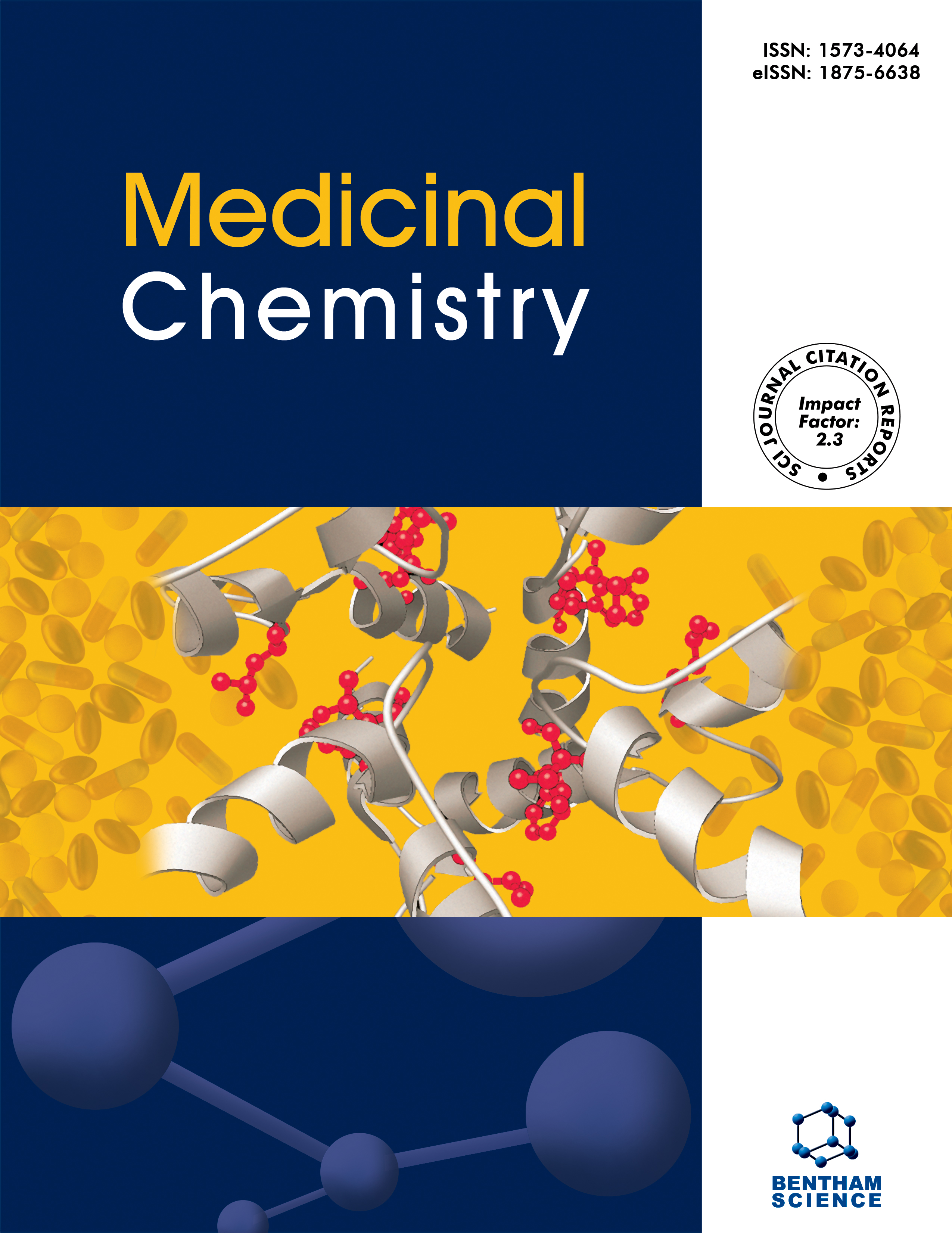
Full text loading...
We use cookies to track usage and preferences.I Understand
Carbonic anhydrase IX (CAIX) is known to be overexpressed in various tumors and plays a significant role in tumor development and progression.
A series of 3-(benzylsulfonamido)benzamides derivatives was synthesized and tested for their CAIX inhibitory activities. The two most active compounds were subjected to cytotoxicity testing against a panel of 60 cancer cell lines.
Many of the synthesized compounds successfully inhibited CAIX activities, exhibiting IC50 values in the low nanomolar range. The most potent CAIX inhibitor was compound 14, with an IC50 of 140 nM. Structure-activity relationship analysis of the synthesized compounds supported with molecular docking revealed strong coordination of sulfonamide moiety with the catalytic Zn2+ metal, hydrophobic interactions of the benzylsulfonamido ring with a hydrophobic pocket, and π-stacking interactions of the aryl ring with an aromatic surface. The two most active analogues (10 and 14) were further tested for their antiproliferative activities in the NCI-60 human tumor cell lines. Notably, compound 14 demonstrated potent growth inhibitory effects against several cancer cell lines.
The synthesized analogues represent a novel scaffold for the treatment of different types of cancer by targeting CAIX.

Article metrics loading...

Full text loading...
References


Data & Media loading...
Supplements

